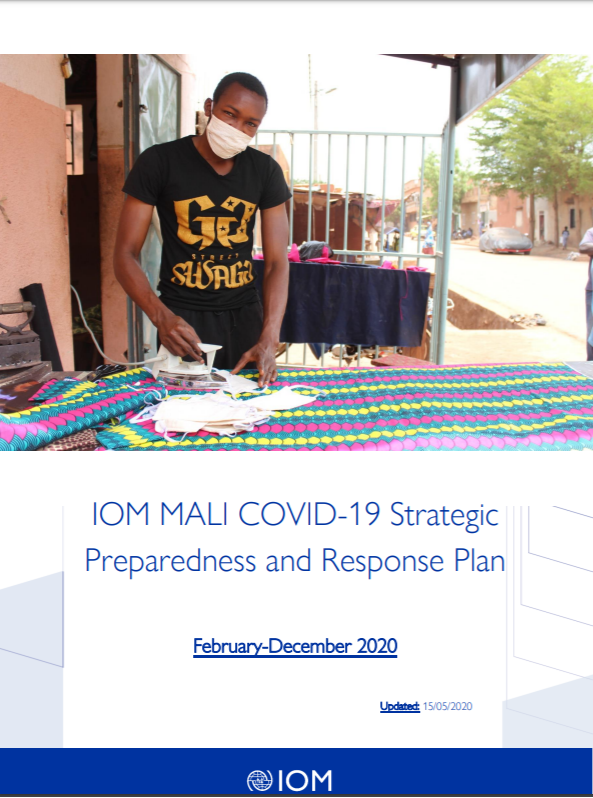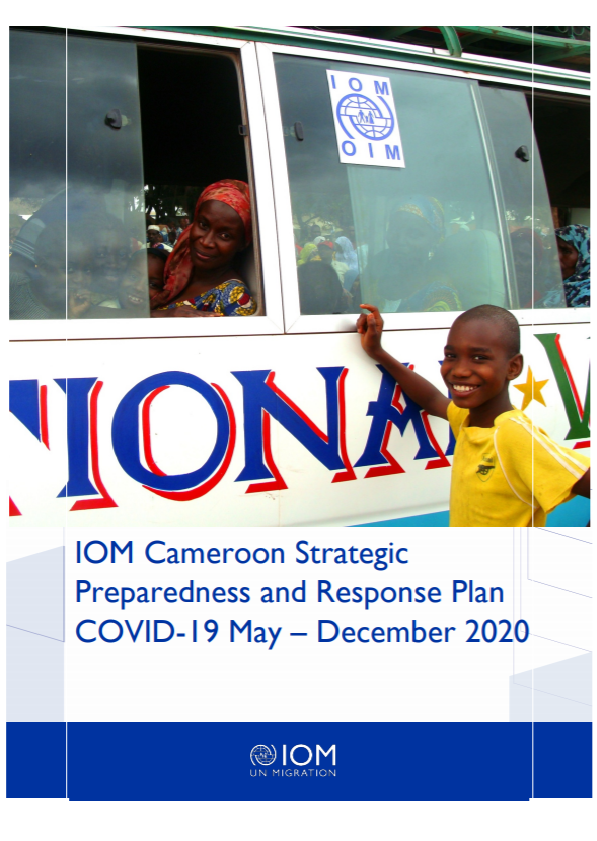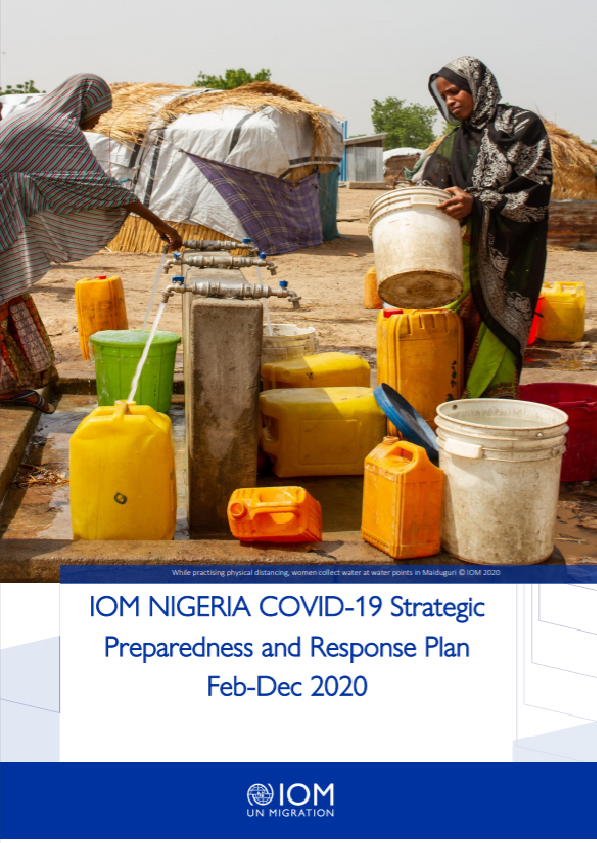Human Trafficking in Conflict Zones: The Role of Peacekeepers in the Formation of Networks

While the effect of humanitarian intervention on the recurrence and intensity of armed conflict in a crisis zone has received significant scholarly attention, there has been comparatively less work on the negative externalities of introducing peacekeeping forces into conflict regions. This article demonstrates that large foreign forces create one such externality, namely a previously non-existent demand for human trafficking. Using Kosovo, Haiti, and Sierra Leone as case studies, we suggest that the injection of comparatively wealthy soldiers incentivizes the creation of criminal networks by illicit actors. We theorize further that the magnitude of increase in trafficking should be directly proportional to the size of the foreign force, with larger forces producing larger increases. We find that both hypotheses hold with varying levels of confidence across our three case studies. Despite the benevolent intent of peacekeeping missions, the possibility that they may contribute to human trafficking for the purpose of sexual exploitation runs counter to the spirit of such interventions. This is especially problematic given that trafficking rings, once established, may be adapted to provide weapons and narcotics, thereby planting the seed of further destabilization.
Country
Worldwide
Region
Worldwide
Year
2010
Category








